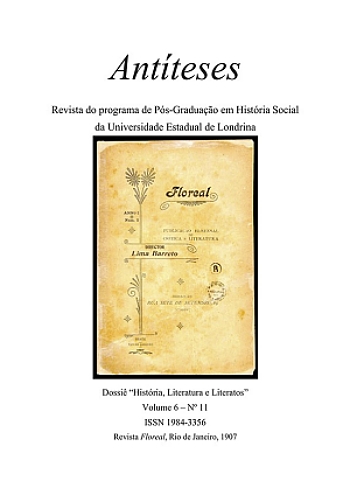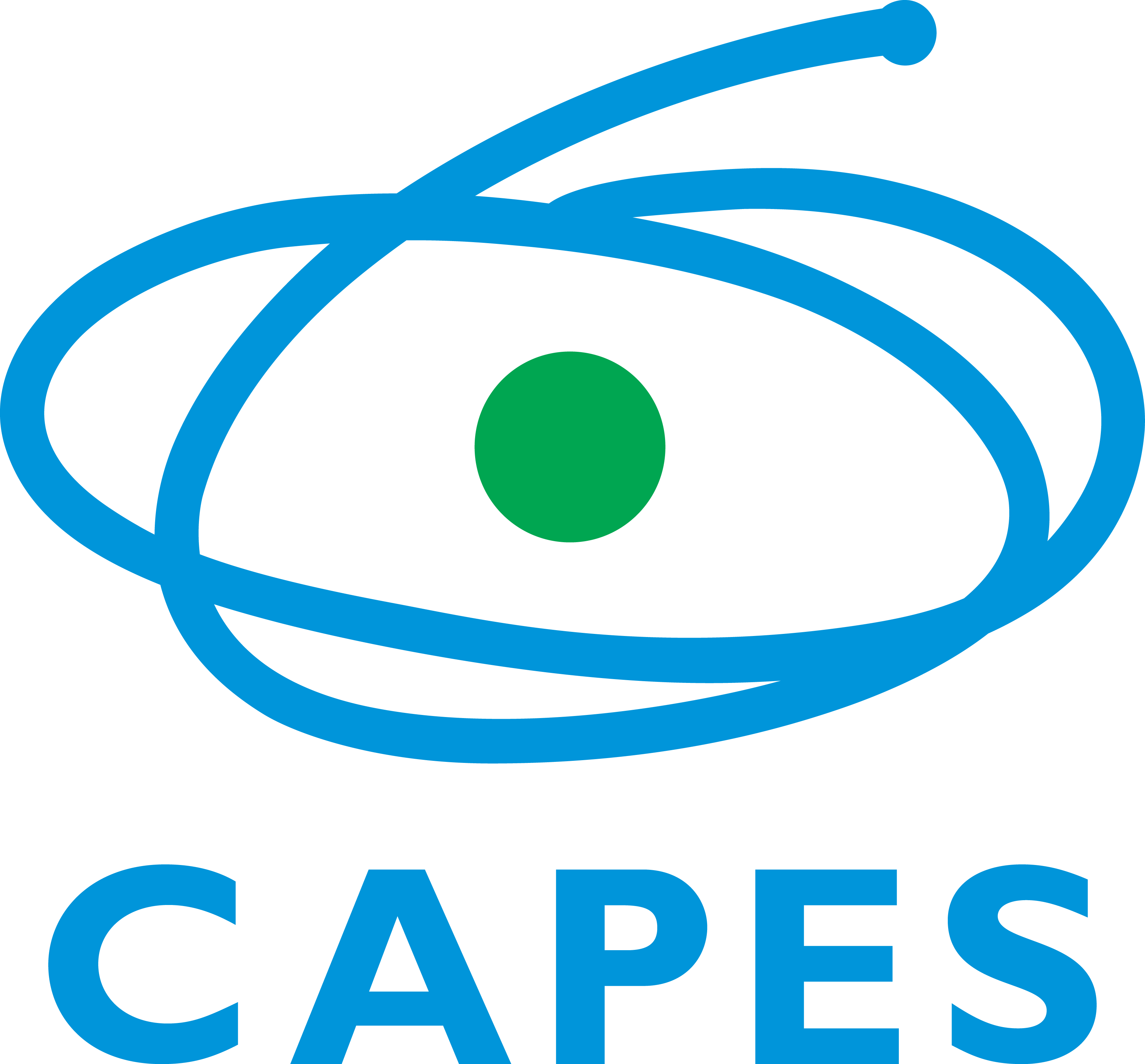The genesis of the Brazilian nation in XIX century’s iconography
DOI:
https://doi.org/10.5433/1984-3356.2013v6n11p341Keywords:
Brazilian nation, Iconography, IHGB, Cultural historyAbstract
This research aims to understand the genesis of the idea of Brazilian nation through the nineteenth century’s iconography, approaching the study of images and deepening into the analysis of four artworks: Engenho da cachoeira. Corte de cana-de-açúcar by Hércule Florence, Primeira Missa no Brasil by Victor Meirelles, O Grito do Ipiranga by Pedro Américo and Evangelho das Selvas by Benedito Calixto. Besides the pictures we paid attention to the texts belonging to the same period, mainly those produced by the cultural elite related to the Instituto Histórico e Geográfico Brasileiro (IHGB), to the travel reports as text-images, as well as to the emergence of the Instituto and of the Academia Imperial de Belas Artes (AIBA) in a context of pursuit of homogeneity in the promising Brazilian nation.Downloads
Published
2013-06-01
How to Cite
SILVA, Verediana C. da. The genesis of the Brazilian nation in XIX century’s iconography. Antíteses, [S. l.], v. 6, n. 11, p. 341–342, 2013. DOI: 10.5433/1984-3356.2013v6n11p341. Disponível em: https://ojs.uel.br/revistas/uel/index.php/antiteses/article/view/15605. Acesso em: 4 jul. 2024.
Issue
Section
Abstracts of Doctoral Theses










